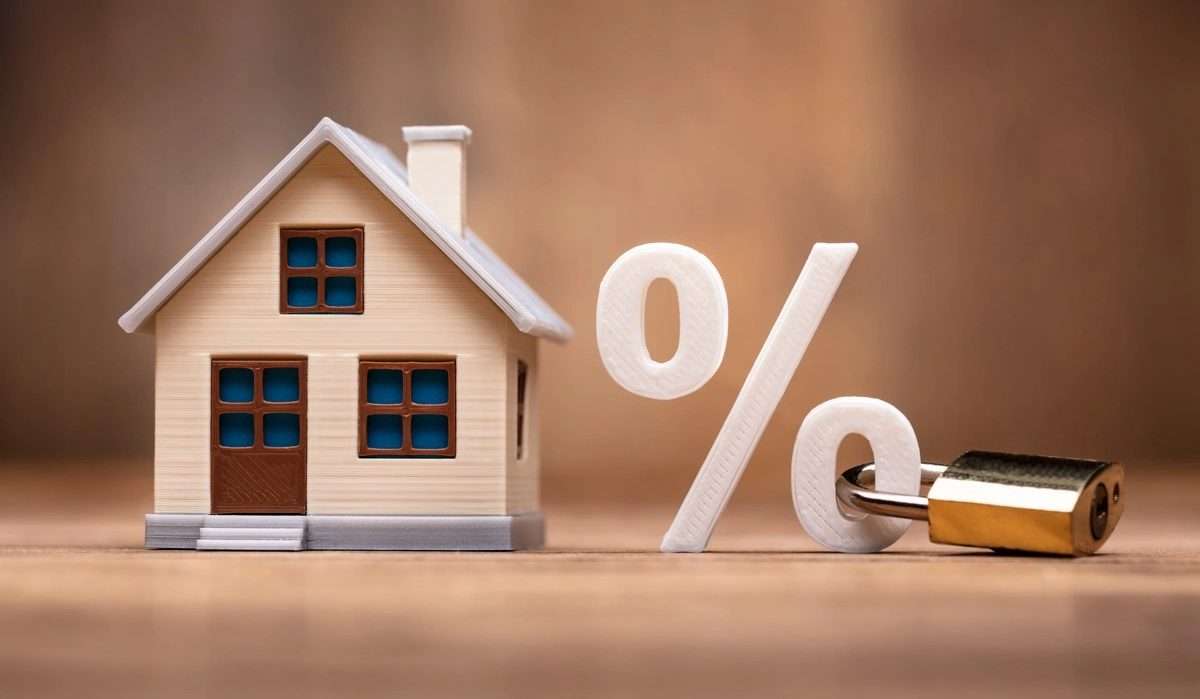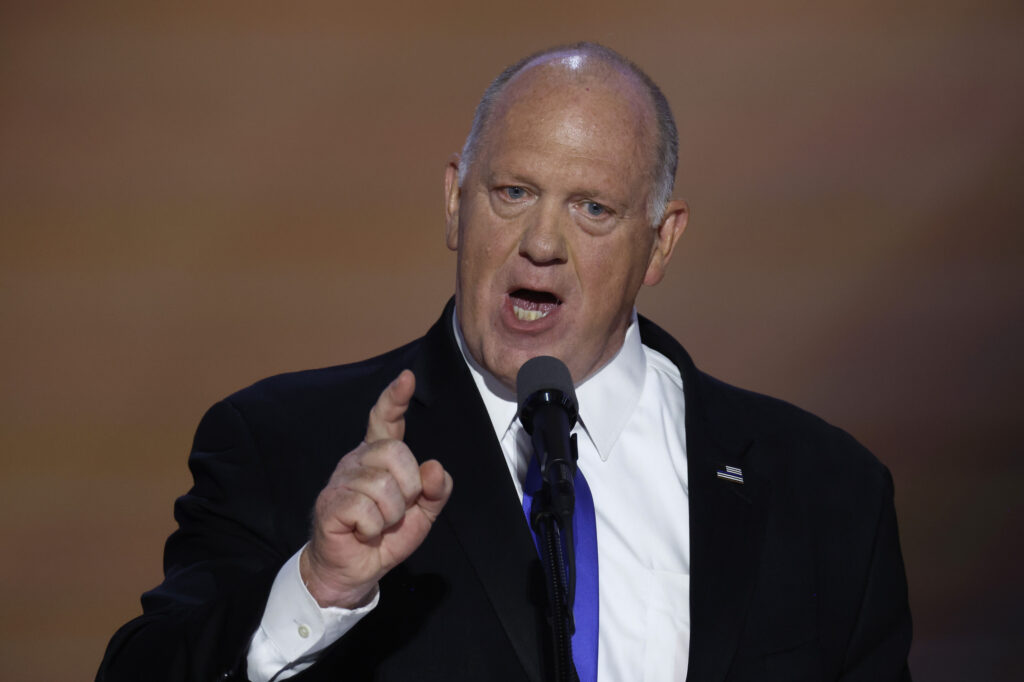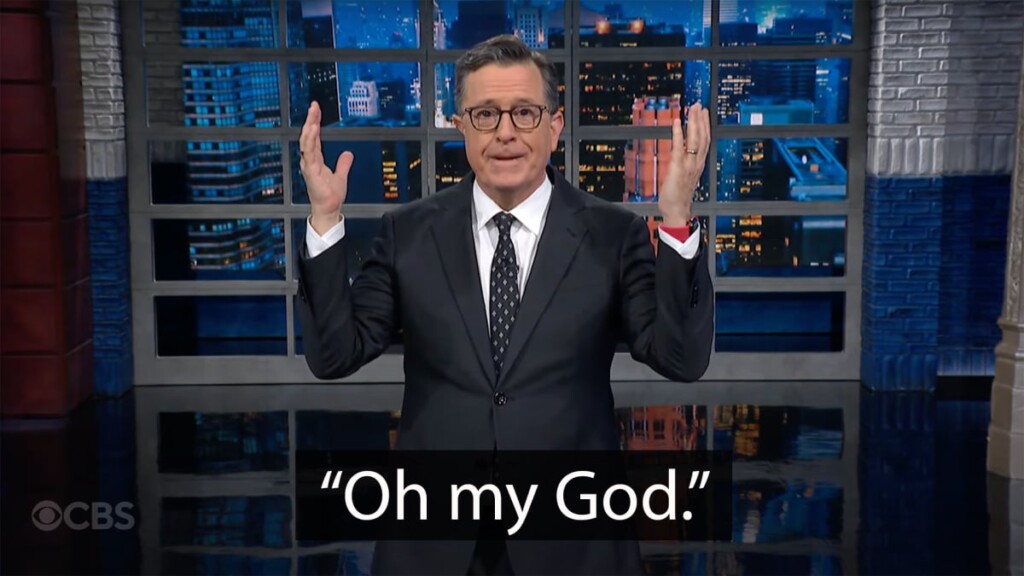Data suggests refi applications are up. But LOs aren’t seeing a surge of business

Top Stories Tamfitronics
When mortgage rates logged their sharpest decline of the year last week following an underwhelming jobs report, data showed that refinance demand surged.
Despite what seems like welcome news for loan originators, who have suffered through thinning margins for two years, refinance business has yet to go up much, LOs told HousingWire.
“I was going through my newsletters last week to Realtors and told them to watch for the headlines,” said Geoff Black, senior loan originator at Guild Mortgage. “It (refi application volume) is meaningful, but is it meaningful on a macro scale? Absolutely not.”
“Our group in Alabama did five [refis] this summer. Tampa Bay, Florida, area did three. Tennessee did two,” said Troy Borkowski, a Southeast regional manager for American Financial Network. “There have been a few refinances that started to trickle in, but rates haven’t really affected anything.”
Fannie Mae reported that the dollar volume of refinance applications increased 32.8% for the week ending Aug. 9 compared to the previous week, while total mortgage lock volume rose 22.5% week over week, according to Optimal Blue.
“Purchase lock volume rose 12.3% during that period and the increase in volume was led by a 63.5% surge in refi locks. An increase in borrowers seeking rate-and-term refis flipped this loan type’s share of refi volume from 42% to 63%,” said Jim Glennon, vice president of hedging and trading at Optimal Blue.
Still, refinance activity only accounted for 17% of total lock volume, data from Optimal Blue showed.
“Refinance activity today is nowhere close to the levels seen during the COVID-era refi boom of 2020 and 2021. At the peak of that boom, refinances accounted for 60% of lock activity, whereas they currently account for 25%,” Glennon added.
Kea Blevins, senior mortgage loan officer at Atlantic Bay Mortgage Groupsees that interest in refinancing has gone up among her clients, but many are taking a “wait and see” approach as rates remain volatile.
The prime people who are refinancing are those who locked in rates above 7% from the fall of 2022 through the spring of this year. This small group of homeowners include those looking to take out cash from their accumulated equity.
“Some homeowners are taking cash out to do upgrades on their home because real estate property tends to be your biggest asset,” Blevins said. “And with the way that home prices have appreciated — especially in the last two, three, four years — you could have someone who maybe has only lived in that home for two years but has now established enough equity that they can use that equity for updates or debt consolidation just to give themselves some breathing room and their budget with the increased cost of living that we’re all experiencing.”
Rates for conventional mortgages dropped to the high 5s and low 6s in early August following a jobs report that showed a spike in unemployment. But rates climbed up later in the week. On Friday, the average rate for a 30-year conforming loan was 6.65% at HousingWire’s Mortgage Rates Center.
Most loan officers are optimistic about a refi boom when rates drop to the 5% range, considering that about 88% of Fannie Mae single-family mortgage borrowers have a note rate below 6%. But the surge that originators are hoping for might not look the same as in 2020 and 2021, since home prices will present a challenge for buyers.
“There might be a window to refinance for buyers in the next couple of months before the [presidential] election and the end of the year where rates get lower. But I think it could be short-lived because then house prices go up,” Borkowski said.



 Hot Deals
Hot Deals Shopfinish
Shopfinish Shop
Shop Appliances
Appliances Babies & Kids
Babies & Kids Best Selling
Best Selling Books
Books Consumer Electronics
Consumer Electronics Furniture
Furniture Home & Kitchen
Home & Kitchen Jewelry
Jewelry Luxury & Beauty
Luxury & Beauty Shoes
Shoes Training & Certifications
Training & Certifications Wears & Clothings
Wears & Clothings
















